Shelly Fan in Singularity Hub:
 Breakthroughs in medicine are exciting. They promise to alleviate human suffering, sometimes on global scales. But it takes years, even decades, for new drugs and therapies to go from research to your medicine cabinet. Along the way, most will stumble at some point. Clinical trials, which test therapies for safety and efficacy, are the final hurdle before approval. Last year was packed with clinical trials news. Blockbuster medications Ozempic and Wegovy still dominated headlines. Although known for their impact on weight loss, that’s not all they can do. In an analysis of over 1.6 million patients, the drugs seemed to block 10 obesity-associated cancers—including those of the liver, kidney, pancreas, and skin cancers. Another trial over one year found that a similar type of drug slowed cognitive decline in people with mild Alzheimer’s disease.
Breakthroughs in medicine are exciting. They promise to alleviate human suffering, sometimes on global scales. But it takes years, even decades, for new drugs and therapies to go from research to your medicine cabinet. Along the way, most will stumble at some point. Clinical trials, which test therapies for safety and efficacy, are the final hurdle before approval. Last year was packed with clinical trials news. Blockbuster medications Ozempic and Wegovy still dominated headlines. Although known for their impact on weight loss, that’s not all they can do. In an analysis of over 1.6 million patients, the drugs seemed to block 10 obesity-associated cancers—including those of the liver, kidney, pancreas, and skin cancers. Another trial over one year found that a similar type of drug slowed cognitive decline in people with mild Alzheimer’s disease.
So, what’s poised to take the leap from breakthrough to clinical approval in 2025? Here’s what to expect in the year ahead.
More here.
Enjoying the content on 3QD? Help keep us going by donating now.

 I
I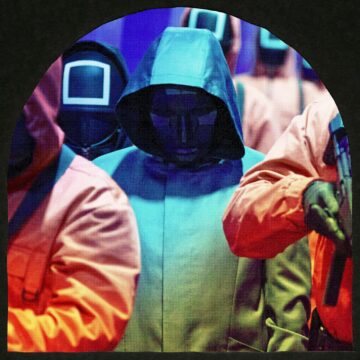 It would have been easy to take the successful high-concept premise of “Squid Game” — hard-luck contestants compete to the death in a sadistically kiddie-themed battle royale — and simply replicate it for Season 2. After all, the show’s first season, which appeared on Netflix to little initial fanfare in 2021, was embraced as a shrewd fable of late-stage capitalism and drew a
It would have been easy to take the successful high-concept premise of “Squid Game” — hard-luck contestants compete to the death in a sadistically kiddie-themed battle royale — and simply replicate it for Season 2. After all, the show’s first season, which appeared on Netflix to little initial fanfare in 2021, was embraced as a shrewd fable of late-stage capitalism and drew a  We rely on narratives because they help us understand the world. They make life more meaningful. According to Sartre, to turn the most banal series of events into an adventure, you simply ‘begin to recount it’. However, telling a story is not just a powerful creative act. Some philosophers think that narratives are fundamental to our experiences. Alasdair MacIntyre believes we can understand our actions and those of others only as part of a narrative life. And Peter Goldie
We rely on narratives because they help us understand the world. They make life more meaningful. According to Sartre, to turn the most banal series of events into an adventure, you simply ‘begin to recount it’. However, telling a story is not just a powerful creative act. Some philosophers think that narratives are fundamental to our experiences. Alasdair MacIntyre believes we can understand our actions and those of others only as part of a narrative life. And Peter Goldie 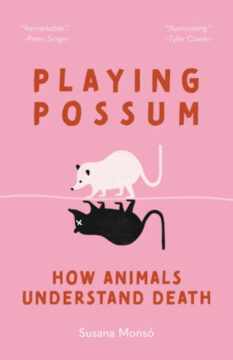 O
O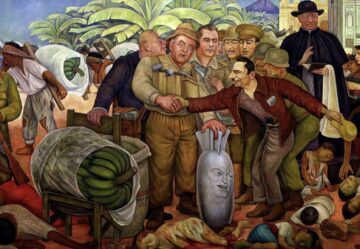 When people point to the US-influenced historical causes underlying emigration from Central America, Guatemala is one of the case studies. It’s also an example of the “
When people point to the US-influenced historical causes underlying emigration from Central America, Guatemala is one of the case studies. It’s also an example of the “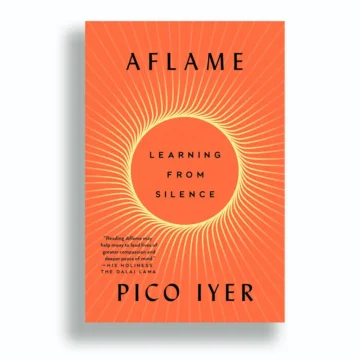 Pico Iyer seems to have spent his life in motion, shuttling between homes in Japan and the United States, not to mention journeys to Ethiopia, Tibet, Cuba and beyond. But there’s one place he’s gone to seek out stillness ever since he was young: the Santa Barbara Vedanta Temple. Perched in the hills above his childhood home, the temple offers sweeping views of the bucolic California town and the ocean shimmering in the distance, and it provided Iyer with an early sense of refuge, he said.
Pico Iyer seems to have spent his life in motion, shuttling between homes in Japan and the United States, not to mention journeys to Ethiopia, Tibet, Cuba and beyond. But there’s one place he’s gone to seek out stillness ever since he was young: the Santa Barbara Vedanta Temple. Perched in the hills above his childhood home, the temple offers sweeping views of the bucolic California town and the ocean shimmering in the distance, and it provided Iyer with an early sense of refuge, he said. I remember the moment
I remember the moment OpenAI
OpenAI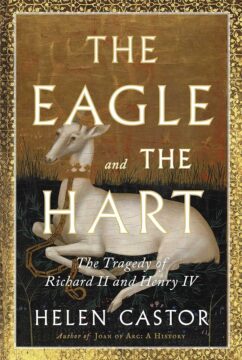 ‘R
‘R